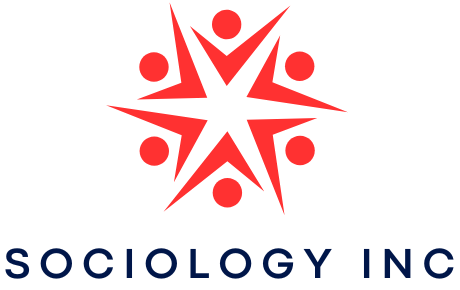I will never forget the time my colleague, Sarah, was passed over for a lead role. The feedback, whispered in the hallway, was that she might be too emotional to handle the pressure. I was stunned. Just a week earlier, our male teammate, Mark, had been praised for his passionate intensity during a high-stakes client meeting. They had exhibited the same drive and fervor for the project, but the labels could not have been more different. That was the moment it truly clicked for me. This exploration of gender stereotypes in the workplace is not just theory; it is about unlocking potential and fostering genuine innovation. We are not just talking about fairness; we are talking about building better, more innovative businesses. It is high time we challenge these outdated assumptions head-on. The truth is, these ingrained notions are so much more than harmless generalizations. They are active, corrosive barriers that limit talent and stifle creativity. I have seen it firsthand. I have watched brilliant female engineers, with degrees and all, get automatically asked to take the meeting notes. At the same time, their male counterparts, with identical qualifications, were immediately pulled into strategic debates. These moments seem small, do they not? But they add up. They accumulate into two vastly different career paths, paved not with merit but with bias.
And let us be honest, the cost is enormous. We all want to work on high-performing teams, right? Well, study after study proves that diverse teams are the ones that truly innovate and outperform the homogenous ones. Yet, we still get trapped by this unconscious bias. A woman negotiates for a higher salary and she is aggressive; a man does the exact same thing and he is confident. This double standard does not just hurt individuals it actively hurts the entire organization by sidelining the best ideas and the most qualified people. So, how do we actually challenge this status quo? From what I have seen, change is absolutely possible, but it demands more than just a memo from HR. It requires intentional, sometimes awkward, effort. I remember when my company first implemented structured interviews. It felt a bit rigid at first, I will admit. But focusing on concrete competencies instead of whether someone seemed like a leader completely changed the game. We started to see talent we had been overlooking for years. One powerful method is the blind resume review, where you strip away names, schools, and other identifying factors. It forces you to look at the raw skills on the page. It is a simple shift, but it works. Standardizing promotion criteria is another game-changer. It ensures people are advancing based on what they have actually achieved, not on how well they fit some outdated, subconscious mold of what a leader should look like.

None of this happens, though, without conscious leadership. And I include myself in this. It is about more than just saying the right things. It is about pausing in that moment when a thought pops into your head. Is he really nurturing enough for this team? Or Will clients find her too assertive? and questioning where that comes from. What is the real evidence? We have to create environments where it is safe to call this stuff out, too. It is uncomfortable, sure, but so is watching a talented colleague get sidelined. This journey is not just about policies; it is about people. I have had to unlearn a lot of my own conditioned thinking, and I am still working on it. It is about actively mentoring women for technical leadership roles and encouraging men on my team to embrace collaborative, nurturing styles without fear of judgment. It is in these daily actions, these micro-decisions to act differently, that the culture actually changes. The payoff goes straight to the bottom line. When you dismantle these barriers, you unlock a wealth of perspective. You get better problem-solving because your team approaches challenges from every angle. You get products that resonate with a wider audience because the people building them reflect the world outside your office walls. You finally get to tap into that full reservoir of talent that was there all along. At the end of the day, breaking down these stereotypes benefits everyone. It frees women from the too emotional trap and liberates men from the constant pressure to be the stoic, unflappable provider. When we build workplaces where people are valued for their capabilities and their character, not their gender, we all win. This is not about political correctness; it is about building a stronger, more competitive organization where everyone can finally bring their full, authentic selves to work. And that is a goal worth striving for.
References
Catalyst Research.Catalyst’s gender bias research https://www.catalyst.org/topics/gender-bias/
McKinsey Women in the Workplace 2023
–https://www.mckinsey.com/featured-insights/diversity-and-inclusion/women-in-the-workplace-2023
Harvard Business Review. HBR articles on gender bias in performance reviews:
U.S. Bureau of Labor Statistics

